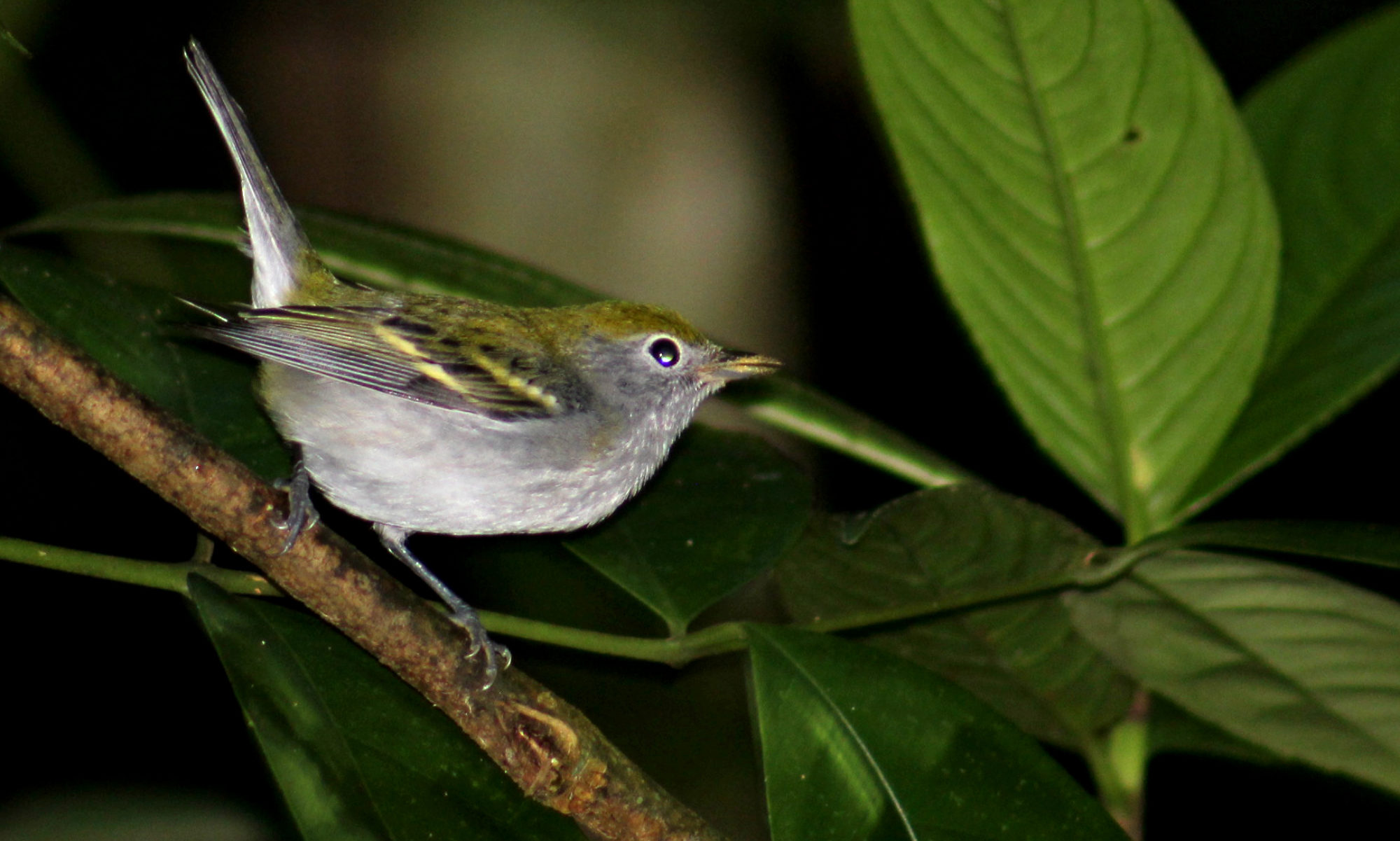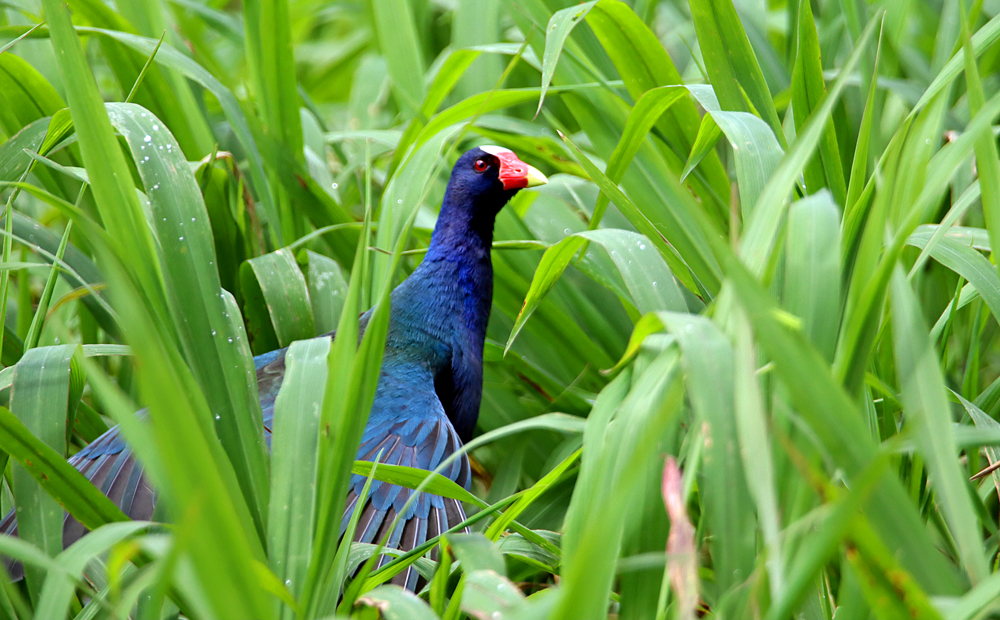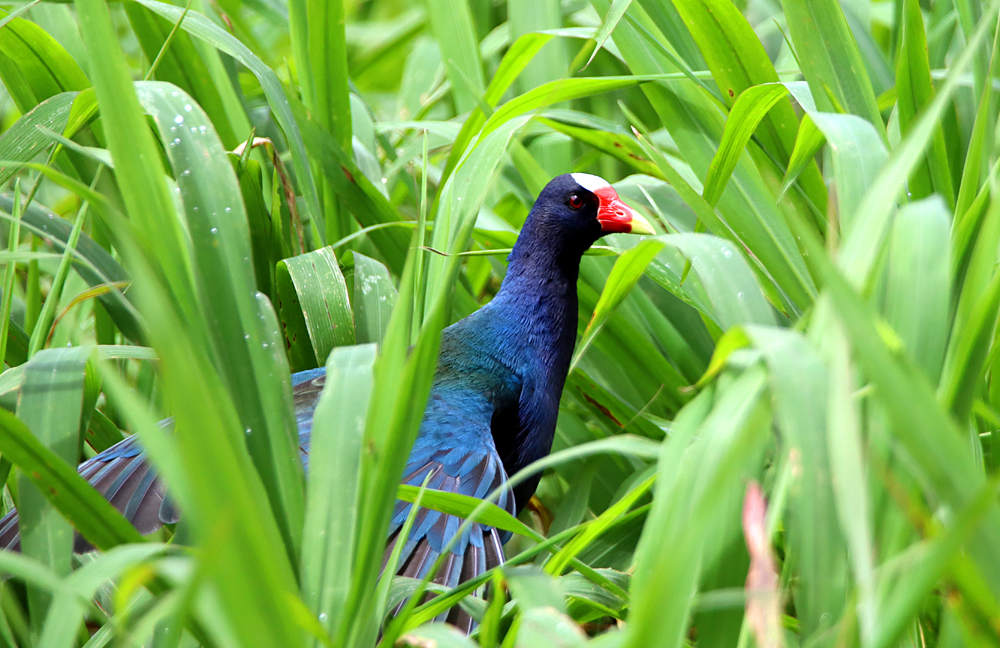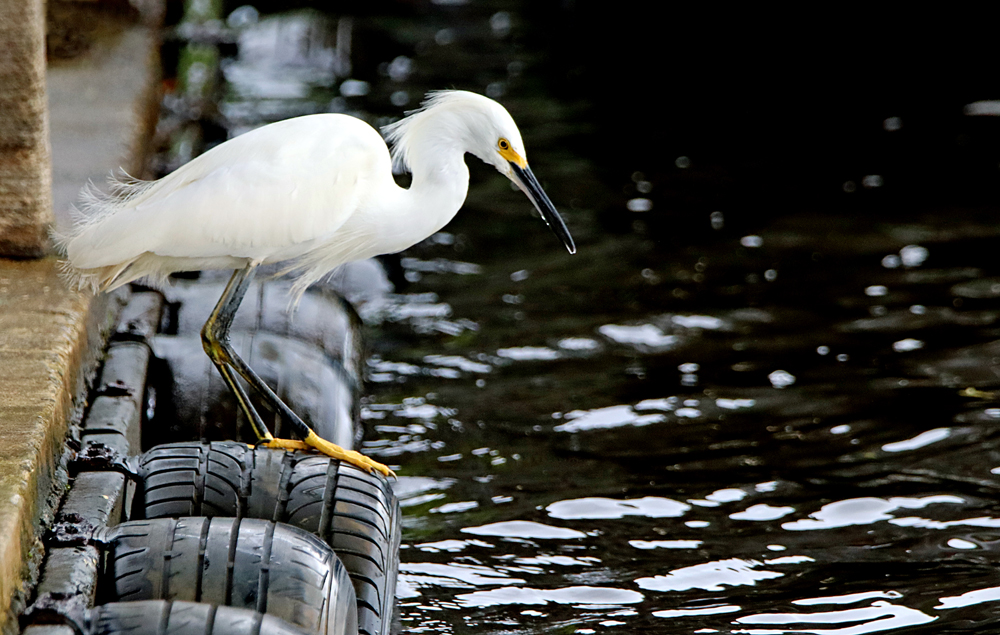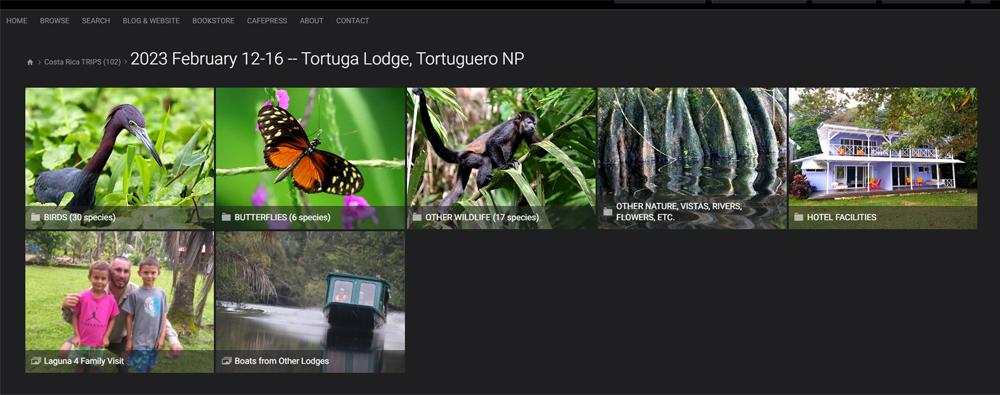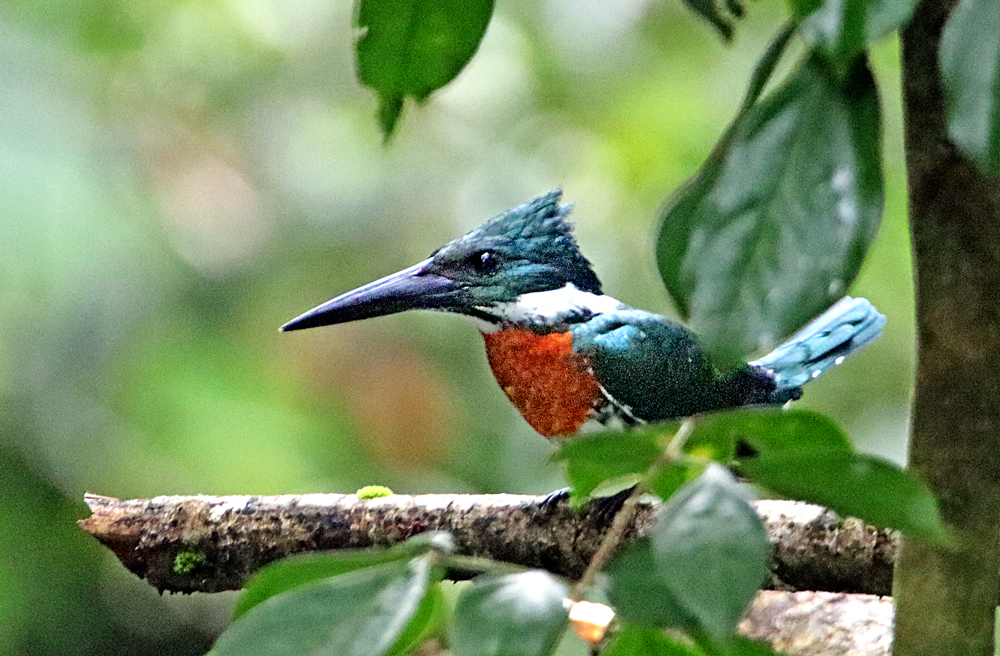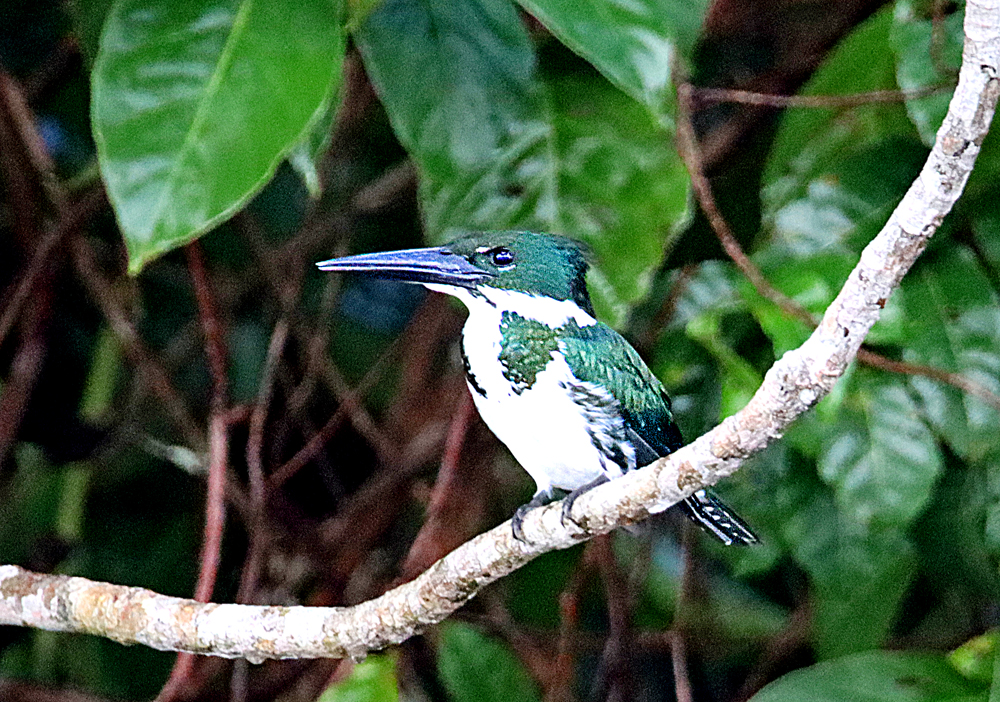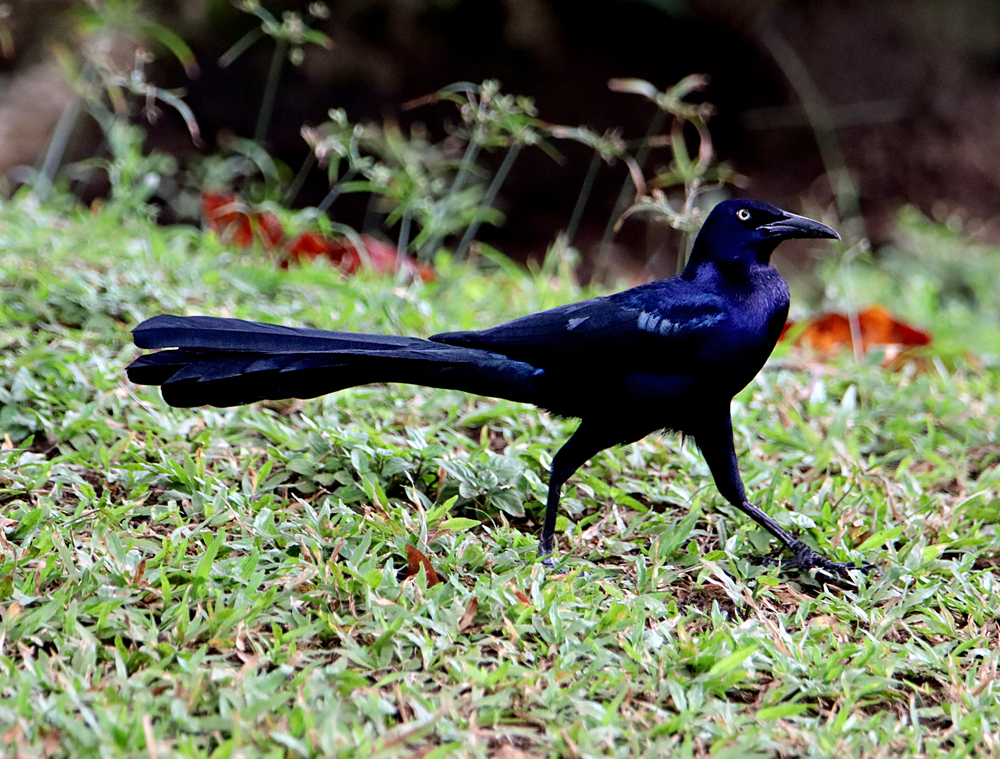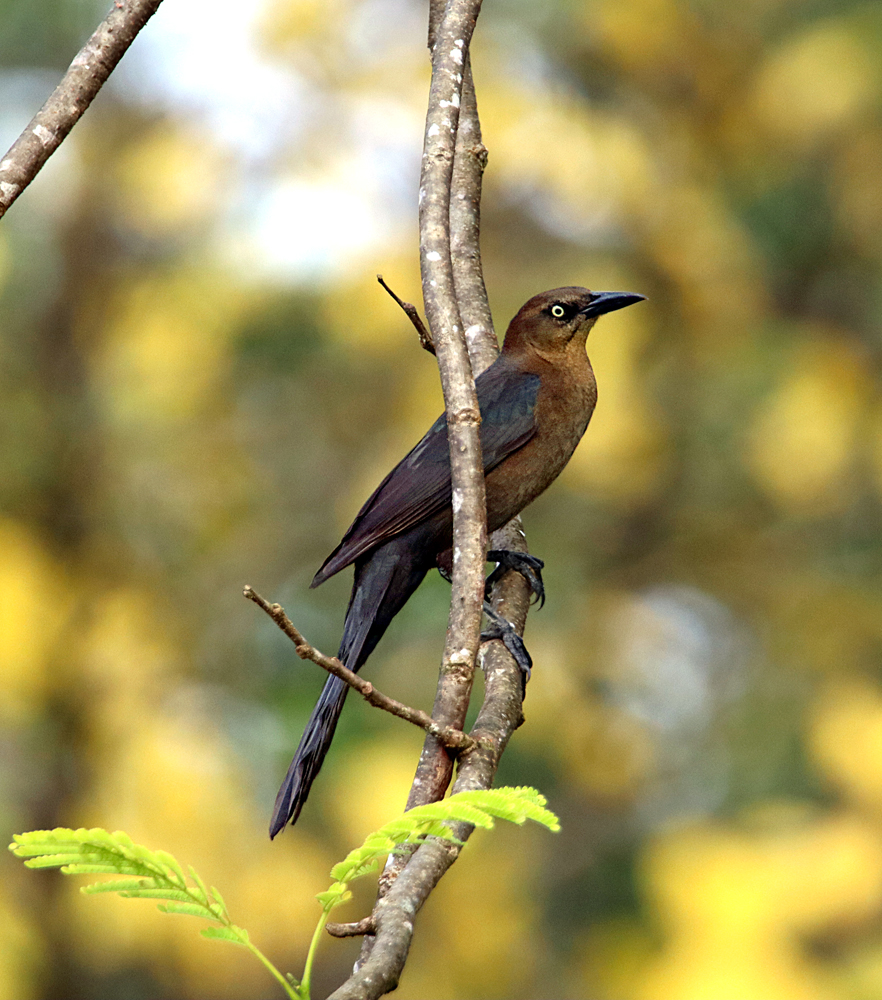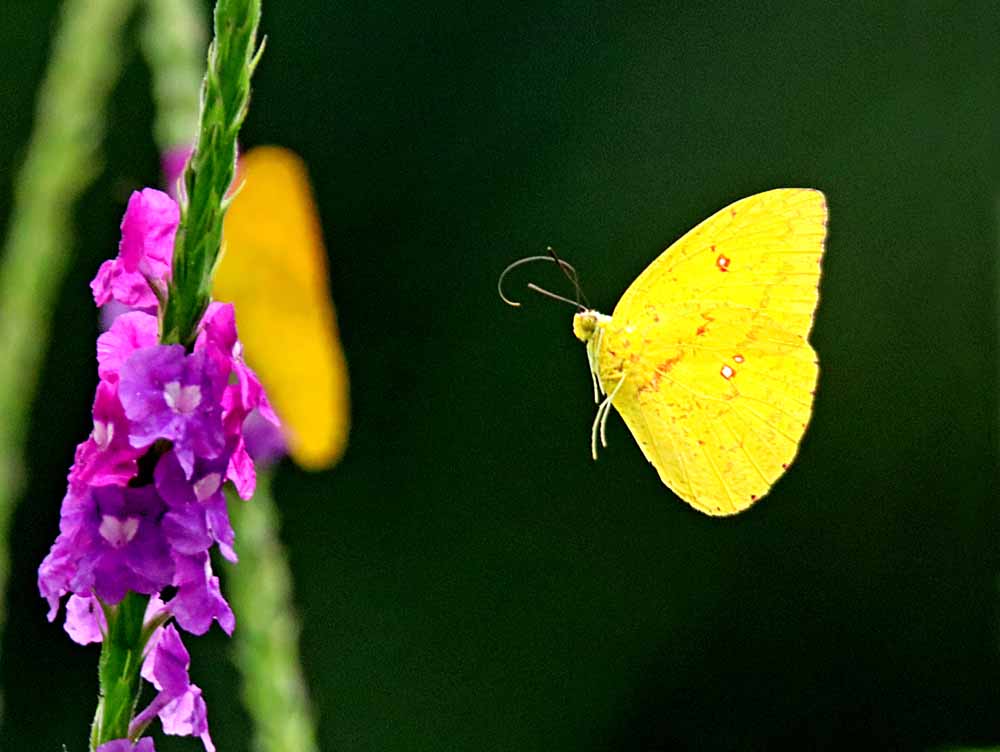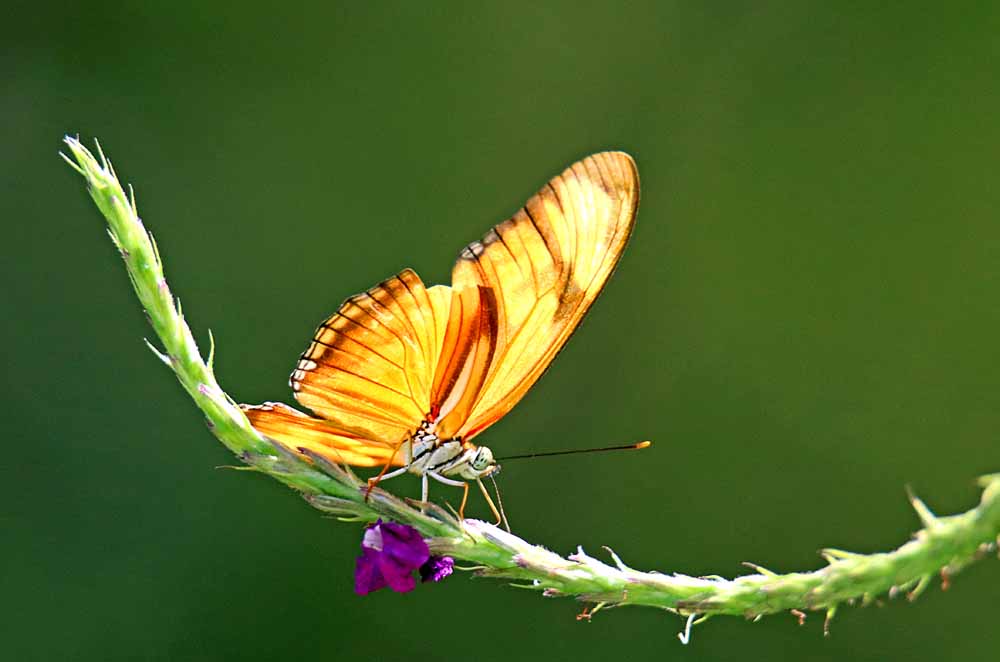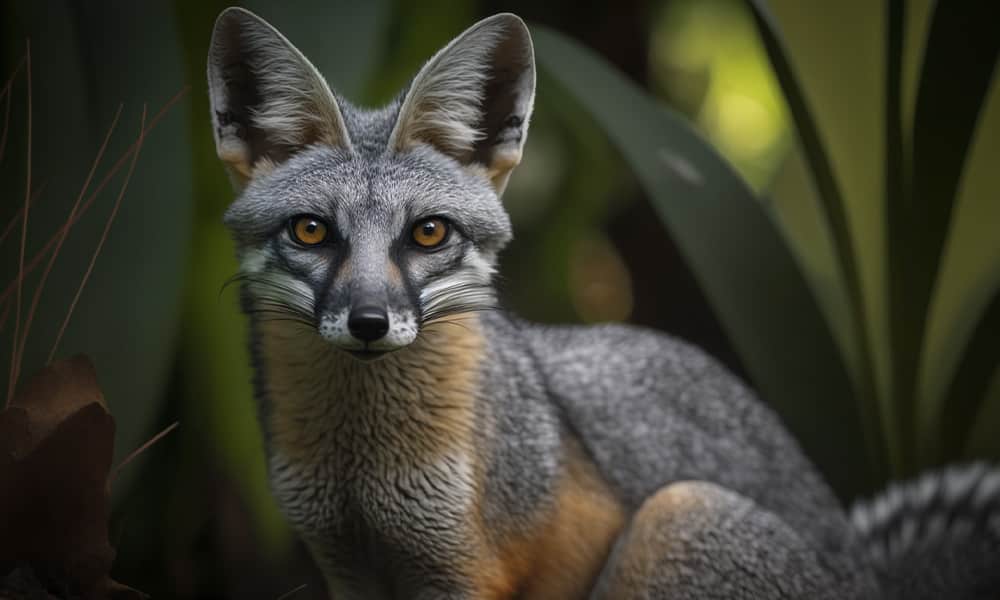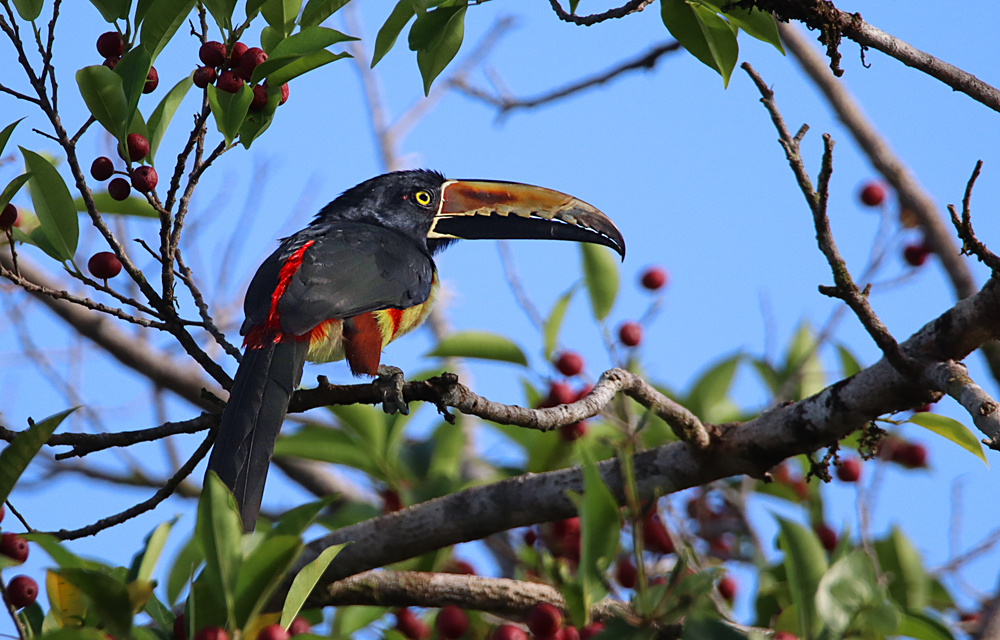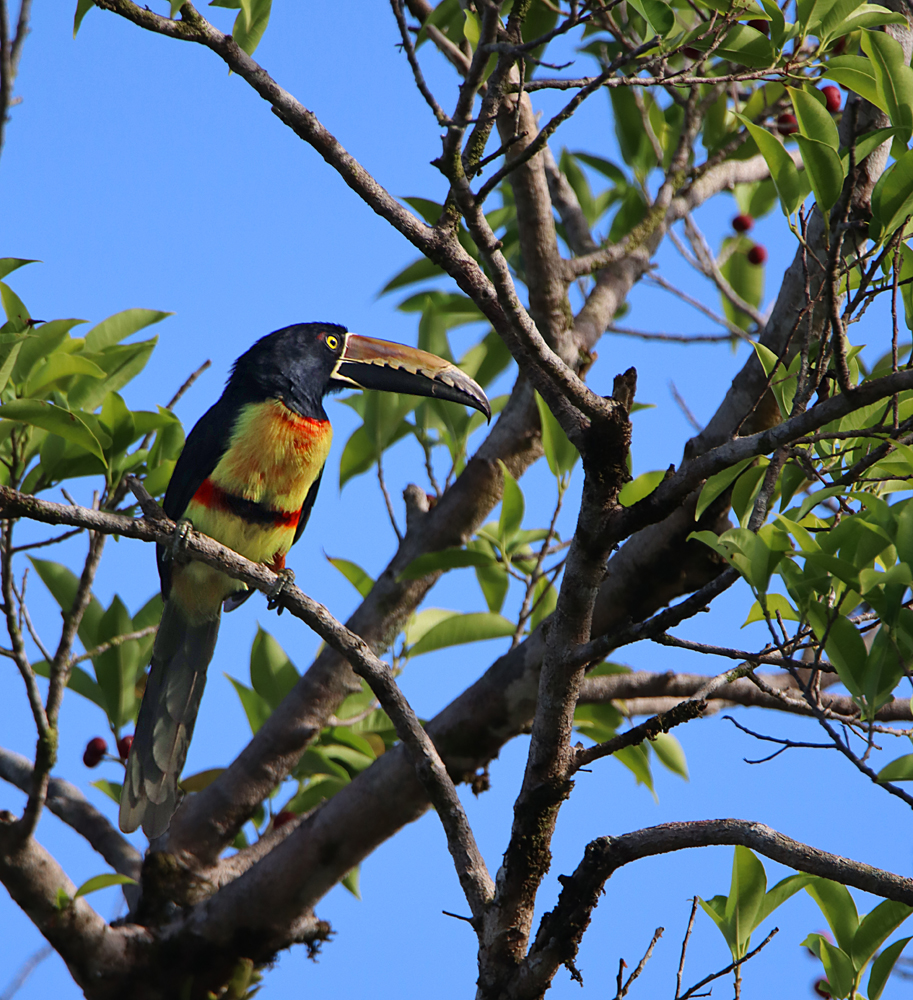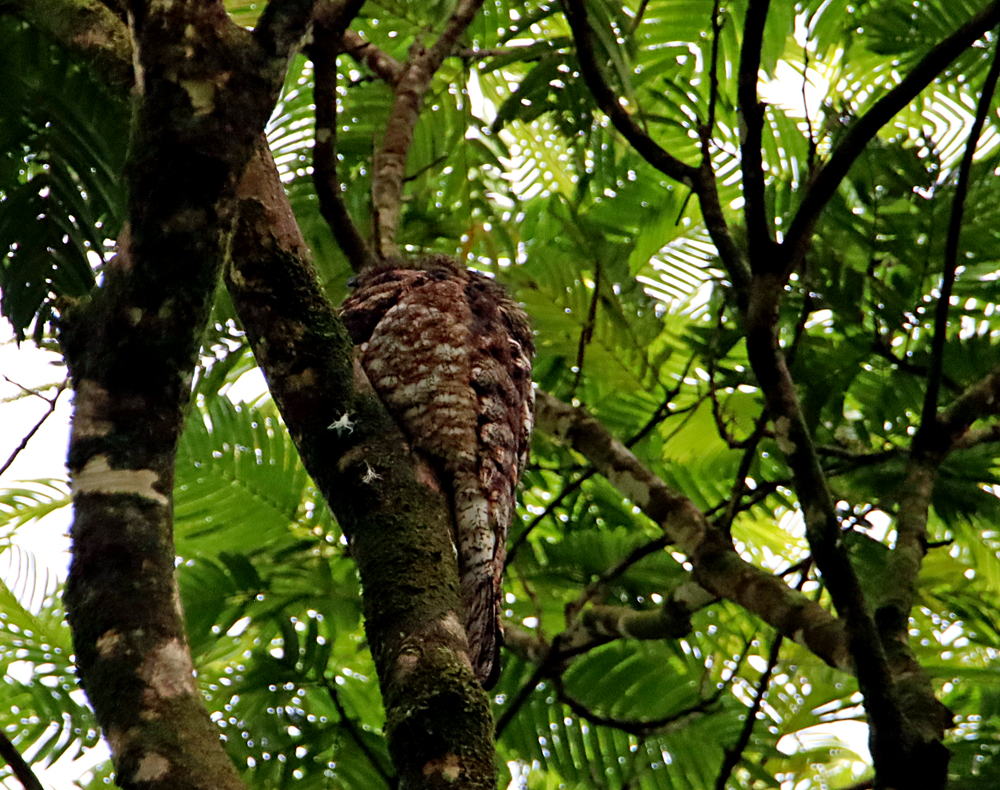It’s the same photos I’ve reported with on this blog and are in my trip gallery, but it is another creative opportunity for me that I find fun and will enjoy having a copy of the book and sharing a couple of copies with the lodge which they will share with other guests, so a nice creative use of my photography from a trip like this and the first trip book I’ve done in a year or two.
You can click the book cover below and see an electronic preview of the whole book for free without having to buy it! 🙂 Or you can go directly to this web address to see it: https://www.blurb.com/b/11499801-wowlife-tortuguero
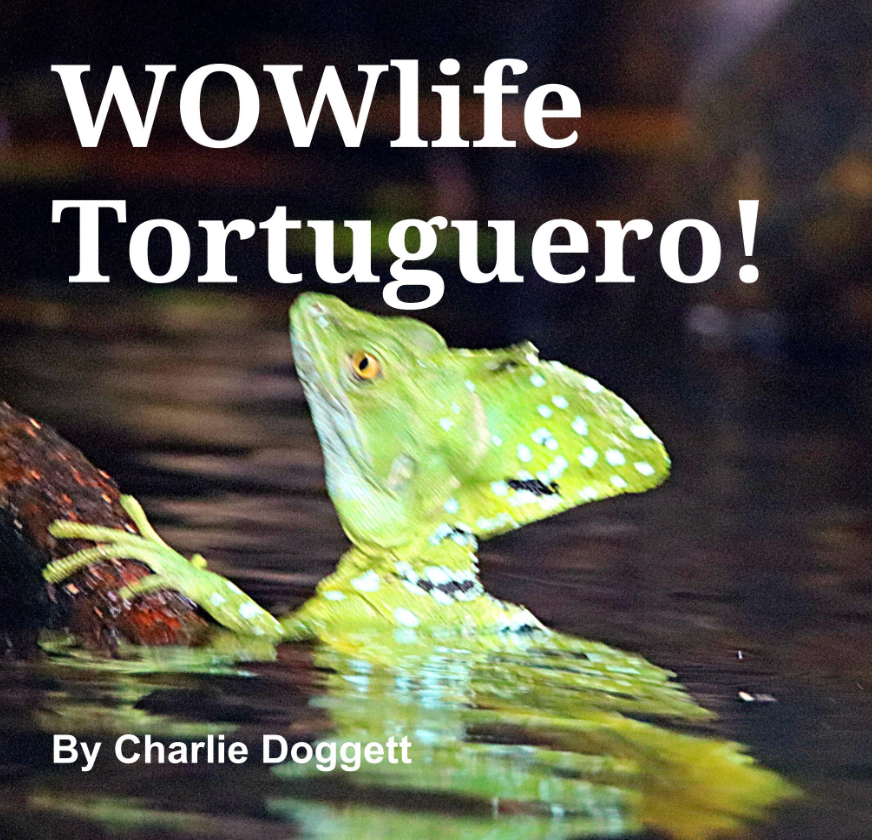
¡Pura Vida!
